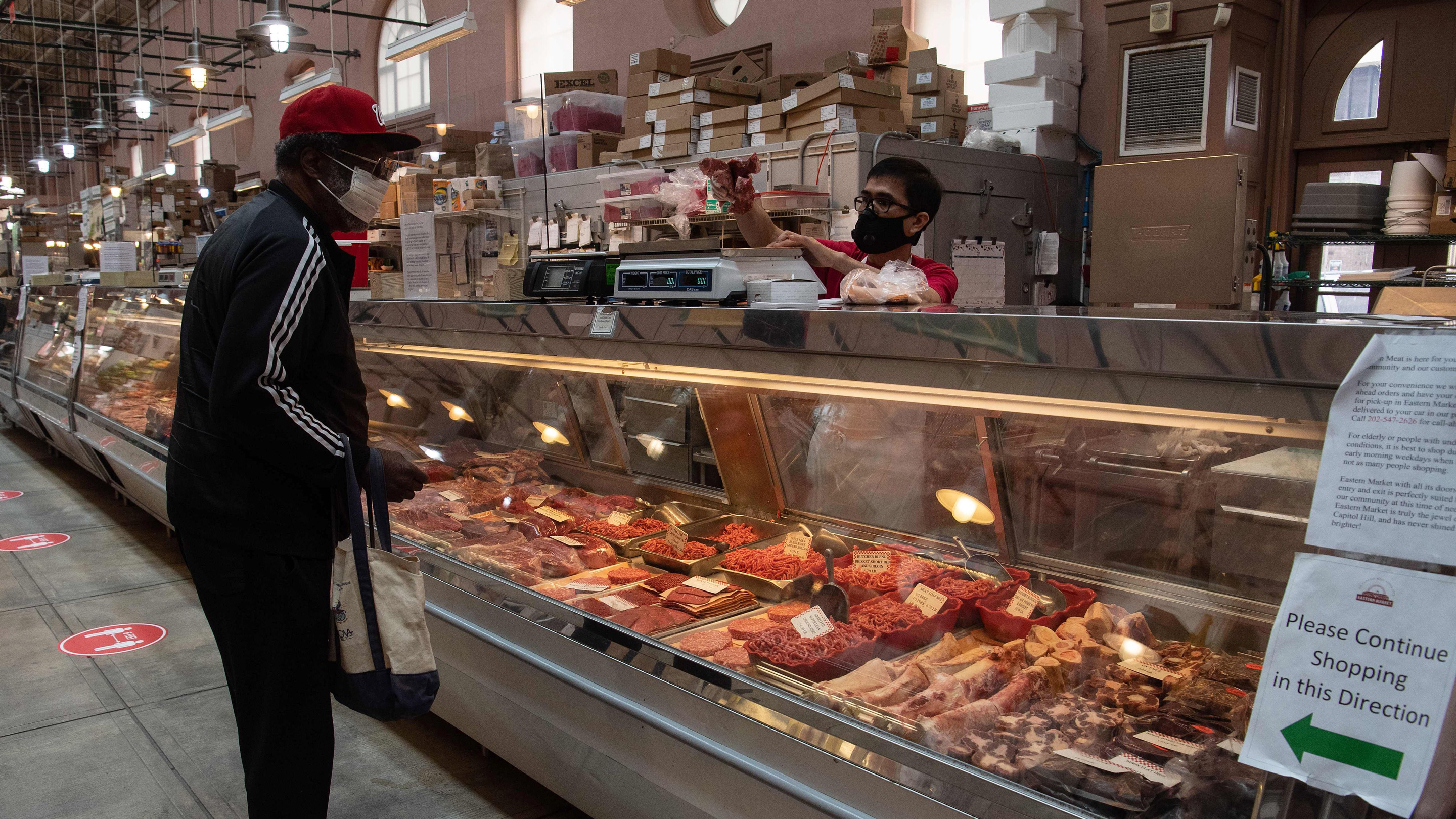Why Bagley Farms Meat Market Edwardsville IL Is the Best Choice for Top Quality Meats
Why Bagley Farms Meat Market Edwardsville IL Is the Best Choice for Top Quality Meats
Blog Article
Discover the Art of the Butcher's Cut in a Modern Meat Market
In the ever-evolving landscape of modern-day meat markets, the butcher's cut has actually transcended its standard origins, combining olden workmanship with contemporary methods. What really sets the modern butcher apart is their capacity to build a much deeper link in between consumers and the origins of their meat.
Advancement of Butchery Strategies
The evolution of butchery techniques shows an abundant tapestry of advancement and adjustment driven by developments in modern technology, modifications in consumer need, and a deeper understanding of meat scientific research. Historically, butchery was a craft passed down through generations, with techniques honed over centuries to optimize yield and taste. Nevertheless, the industrial revolution ushered in automation, changing conventional methods and allowing massive processing.
The mid-20th century saw butchery strategies additionally fine-tuned by scientific insights right into muscle biology and meat aging, enhancing both inflammation and taste. Developments like vacuum packaging and refrigeration extended product shelf-life, permitting butchers to branch out offerings and improve top quality control. This period additionally marked the increase of customized devices, such as band saws and meat slicers, which boosted accuracy and efficiency in meat handling.

Digital systems currently assist in tracking pet provenance and maximizing cuts to fulfill details consumer choices. Additionally, a rebirth in artisanal butchery has actually emerged, blending typical skills with contemporary expertise to provide to customers looking for moral and lasting meat alternatives.
Comprehending Meat Cuts
Understanding the ins and outs of meat cuts is crucial for both butchers and consumers seeking quality and value. For butchers, precise cuts reflect ability and regard for the craft, guaranteeing very little waste and ideal return.

Comprehending muscle mass composition is critical; muscle mass used a lot more frequently by the animal have a tendency to be harder and are best matched for slow cooking methods, while less-used muscle mass, like those found in the loin, are extra tender and suitable for cooking or roasting. Experience with these distinctions encourages consumers to make educated choices, boosting their culinary undertakings.
Choosing High Quality Meat
Picking the appropriate meat entails even more than simply picking an aesthetically attractive item from the screen. bagley farms meat market edwardsville il. The art of picking quality meat needs a critical eye and knowledge of certain characteristics that represent quality and quality. Firstly, take notice of the color; beef Full Article ought to have a bright, cherry-red color, while lamb should display a soft pink tone, and pork a pale pink. This shows the meat is fresh and hasn't been exposed to oxygen for also long.
Second of all, consider the marbling, which describes the white streaks of fat within the muscle. Appropriate marbling is a key indicator of inflammation and flavor, as it melts during cooking, improving the meat's juiciness. Bear in mind, higher marbling frequently correlates with superior top quality cuts, such as USDA Prime.
Texture is an additional critical aspect; meat needs to really feel firm to the touch, not slimed or overly soft. Additionally, bear in mind the fragrance. Fresh meat should have a navigate here tidy, neutral scent, complimentary from any sour or off-putting smells.
Matching Cuts With Food Preparation Methods

Conversely, tougher cuts like brisket and chuck roast are rich in collagen, which breaks down right into gelatin when cooked gradually. These cuts are optimal for braising or slow-moving roasting, enabling the meat to soften over time and create deep, complex tastes. In a similar way, cuts such as brief ribs and pork shoulder prosper with slow-cooking methods, where extended cooking times change their robust structures into succulent meals.
Lamb shanks and oxtail, which call for long term cooking to tenderize, are best candidates for cooking or slow simmering. These visite site techniques coax out abundant, passionate tastes while maintaining dampness. By recognizing the unique features of each cut, cooks and home cooks alike can raise their cooking productions, guaranteeing each meal is both pleasing and unforgettable.
The Butcher's Role Today
Navigating the developing landscape of the contemporary meat market, the butcher's role today expands past mere prep work of cuts. Contemporary butchers are culinary artisans, teachers, and supporters for sustainable techniques.
In enhancement to crafting exact cuts, butchers currently engage straight with consumers, offering cooking advice and tailoring selections to suit specific demands and choices. Their experience in meat aging, marbling, and flavor accounts equips customers to make educated decisions, improving their cooking experiences. This tailored solution exemplifies the butcher's developing duty as a relied on advisor in the kitchen area.
Moreover, butchers are crucial in decreasing waste, utilizing whole pets to develop diverse products such as sausages and stocks. This extensive method not only values the animal but additionally aligns with modern sustainability objectives. In this way, the modern butcher embodies both tradition and technology, adjusting to an ever-changing market while protecting the artistry and integrity of their craft.
Verdict
Mastery in recognizing diverse meat cuts and high quality indicators encourages butchers to supply informed recommendations, straightening particular cuts with ideal food preparation methods. By recognizing historical techniques while accepting modern demands, the butcher's role remains essential in today's advanced meat market.
Report this page